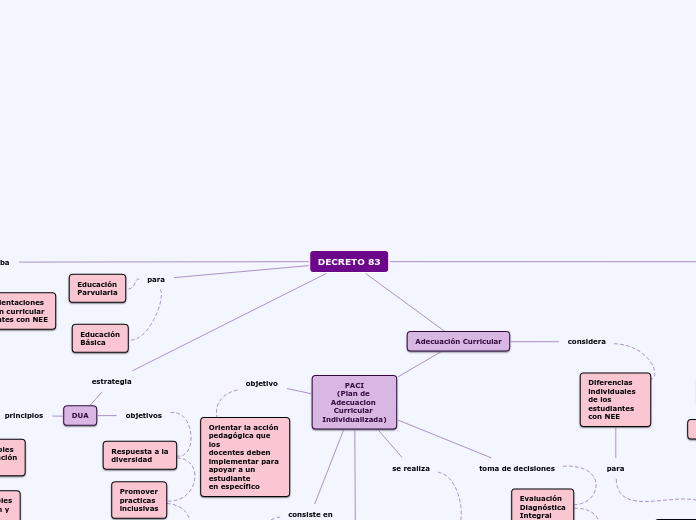Infección del oído medio
También conocido como: otitis aguda, otitis media
To name your story, you have to think of the overall message and what you want your audience to understand from the story. Also, make it relevant and easy to remember. Examples:
- theme: Audition, by Barbara Walters;
- main character's name: Robinson Crusoe, by Daniel Defoe;
- use of gerund to describe the plot: Waiting for Godot, by Samuel Beckett;
- time or numbers: 1984, by George Orwell;
- line that best describes the theme: Pride and Prejudice, by Jane Austen;
- key object or possessive in the story: Charlotte's Web, by E.B. White;
- story setting: Twenty Thousand Leagues Under the Sea, by Jules Verne
Deficiòn
Esta infección ocurre cuando el oído medio que se encuentra detrás del tímpano,se infecta y inflama.
Autores
Año 2017
Ronnenberg, Alayne, Sc.D, Carson-DeWitt, Rosalyn, M.D., Rebeiz, Elie Edmond, M.D., FACS, Salem Press Encyclopedia of Health.
Conclusiones
tratamientos incluyen antibióticos que se usan comúnmente para tratar infecciones del oído
clavulanato
amoxicilina
Los analgésicos de venta libre, que pueden ayudar a reducir el dolor, la fiebre y la irritabilidad, incluyen paracetamol, ibuprofeno y aspirina.
En los niños, las gotas para los oídos que tienen un anestésico local (como ametocaína, benzocaína o lidocaína) pueden ayudar a disminuir el dolor, especialmente cuando las gotas se usan con analgésicos orales.
Diagnòstico
PRUEBA DE AUDICIÒN
para personas con infecciones repetidas del oído
TIMPANOMETRIA
This is the closure section of the story.
Se inserta un tapón suave en la abertura del canal auditivo.
Try answering these questions in order for you to come up with a closure:
- Have all problems been solved?
- Is it clear what happens with all your characters in the story?
- Has the challenged transformed your main character?
- How do the characters feel in the end?
TIMPANOCENTESIS
This is the moment when the main character passes by the last obstacle and finally faces its great challenge.
Se usa una aguja para extraer líquido o pus del oído medio
The climax usually follows one of these patterns:
- Realization (the character puts together all the pieces of the puzzle and solves the mystery);
- Resolution (the character needs to transforms itself during the confrontation);
- Choice (the character has to make a difficult choice).
Type in your answer.
Factores de riesgo
comúnmente en época de invierno
bebes y niños pequeños corren mayor riesgo
exposición al humo
alergias
sindromes
sinucitis reciente
infección viral reciente
resfriado
afecciones medicas que causen anomalias
Objetivo principal









